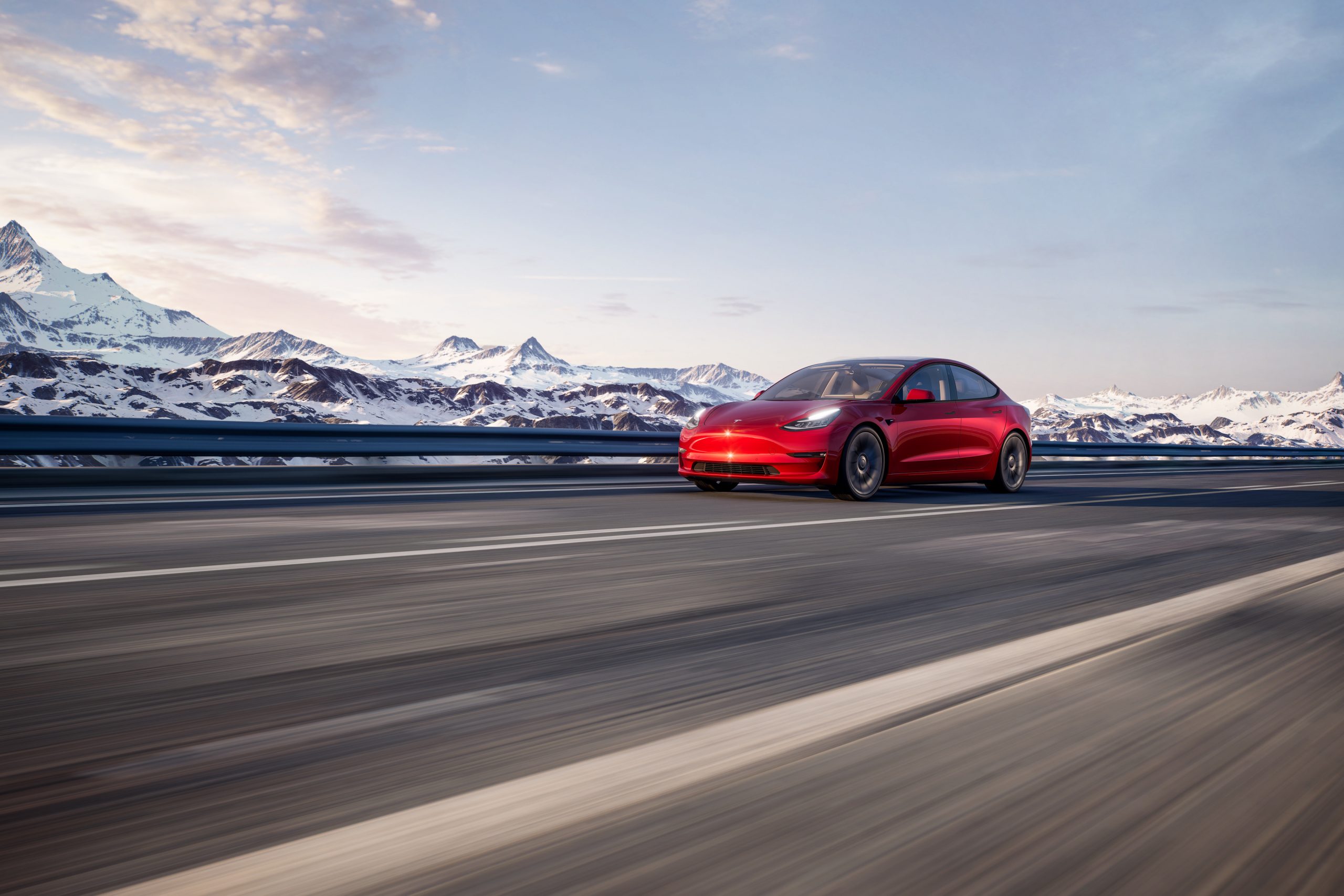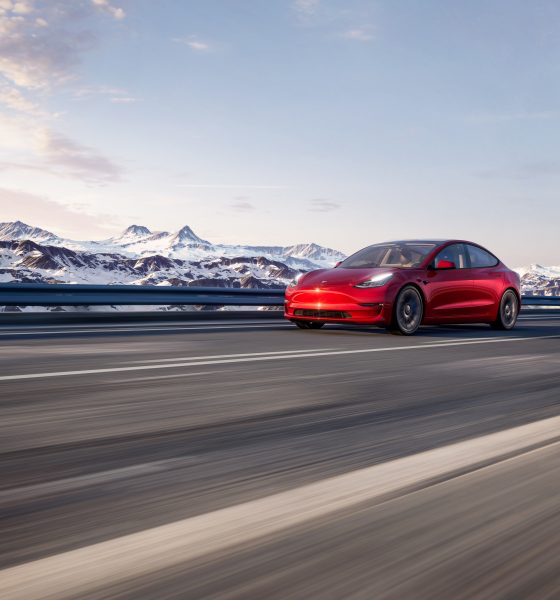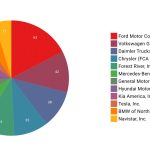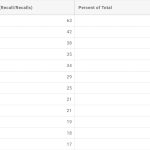Tesla has had nineteen total vehicle recalls in 2022, affecting 3,769,572 vehicles. While there are plenty of misconceptions and false information floating around about Tesla’s recalls population, there are plenty of truths to be told.
Automotive recalls can be put into effect for some of the most insignificant reasons, but vehicles are required to be as safe as possible and must abide by the NHTSA’s rigorous standards. The goal of the agency is to protect consumers by holding manufacturers accountable, and while recalls are pushed every day, Tesla’s are undoubtedly a focus of media as the company fends off many of the mistakes with software updates.
However, some instances require owners to bring vehicles into a Service Center for repair. This happens less often to Teslas, as many issues can be fixed through a simple firmware download while an owner sleeps.
That still does not stop the narrative regarding Tesla and many other EV makers and nearly-routine OTA updates to fix vehicle issues. Recall definitions have been questioned over the past few years as companies adopt a software-first mentality, contributing to the overall narrative of poor vehicle quality in EVs.
Tesla Recall Misconception #1: The Car Company with the Most Recalls? Not Quite.
Some relatively influential figures have said Tesla recalls cars more frequently than any other company on Earth, but that is not true.
Even with its most recent recall, which fixed over 300,000 cars with faulty tail lights, Tesla is not the most recalled automaker. The NHTSA currently lists Ford Motor Company as the most recalled automotive brand in 2022 thus far.
Ford has issued 63 recalls this year, affecting over 8,000,000 vehicles. This is 21 more recalls than Volkswagen, the automaker with the second-most for the year. VW’s recalls have affected less than 1,000,000 vehicles in the United States.
- NHTSA data
- NHTSA data
Tesla Recall Misconception #2: How many Tesla recalls actually require physical service?
Of Tesla’s 19 recalls in 2022, 12 were fixed through Over-the-Air software updates, which download and are installed automatically to fix any qualifying issue. Tesla has fixed everything from windshield defrosting issues, to rolling stops for Full Self-Driving, to delays in backup cameras with software updates.
Six of Tesla’s nineteen recalls in 2022 have required physical repairs from Tesla Service. In total, 31,427 cars have been affected by these types of recalls. That is less than 1 percent of Tesla’s total recall population for the year in the United States, NHTSA data shows.
The final recall was a vehicle replacement for a single Model X owner whose unit lacked a body structure reinforcement bracket in the second row of seating.
Tesla Recall Misconception #3: Over-the-Air Updates are not recalls
While the definition of a recall has been called into question by a number of notable people, including Tesla CEO Elon Musk, OTA updates do still qualify as recalls, technically.
The NHTSA gave more details to Teslarati in February about what qualifies as a vehicle recall. The agency said manufacturers must disclose an unreasonable safety risk to consumers, vehicle owners, dealers, and others when it is discovered. A recall qualifies as any unreasonable safety risk present in a vehicle, and if it is remedied in any way, even by a software update, it counts as a recall.
Recall definitions are highly controversial, with many notable Tesla community members making light of the situation.
I’d love to hear from you! If you have any comments, concerns, or questions, please email me at joey@teslarati.com. You can also reach me on Twitter @KlenderJoey, or if you have news tips, you can email us at tips@teslarati.com.
If you have any questions about Tesla recalls, be sure to reach out to me through email. I’ll do my best to clear up any confusion or concerns you might have.

News
Tesla earns top honors at MotorTrend’s SDV Innovator Awards
MotorTrend’s SDV Awards were presented during CES 2026 in Las Vegas.

Tesla emerged as one of the most recognized automakers at MotorTrend’s 2026 Software-Defined Vehicle (SDV) Innovator Awards.
As could be seen in a press release from the publication, two key Tesla employees were honored for their work on AI, autonomy, and vehicle software. MotorTrend’s SDV Awards were presented during CES 2026 in Las Vegas.
Tesla leaders and engineers recognized
The fourth annual SDV Innovator Awards celebrate pioneers and experts who are pushing the automotive industry deeper into software-driven development. Among the most notable honorees for this year was Ashok Elluswamy, Tesla’s Vice President of AI Software, who received a Pioneer Award for his role in advancing artificial intelligence and autonomy across the company’s vehicle lineup.
Tesla also secured recognition in the Expert category, with Lawson Fulton, a staff Autopilot machine learning engineer, honored for his contributions to Tesla’s driver-assistance and autonomous systems.
Tesla’s software-first strategy
While automakers like General Motors, Ford, and Rivian also received recognition, Tesla’s multiple awards stood out given the company’s outsized role in popularizing software-defined vehicles over the past decade. From frequent OTA updates to its data-driven approach to autonomy, Tesla has consistently treated vehicles as evolving software platforms rather than static products.
This has made Tesla’s vehicles very unique in their respective sectors, as they are arguably the only cars that objectively get better over time. This is especially true for vehicles that are loaded with the company’s Full Self-Driving system, which are getting progressively more intelligent and autonomous over time. The majority of Tesla’s updates to its vehicles are free as well, which is very much appreciated by customers worldwide.
Elon Musk
Judge clears path for Elon Musk’s OpenAI lawsuit to go before a jury
The decision maintains Musk’s claims that OpenAI’s shift toward a for-profit structure violated early assurances made to him as a co-founder.

A U.S. judge has ruled that Elon Musk’s lawsuit accusing OpenAI of abandoning its founding nonprofit mission can proceed to a jury trial.
The decision maintains Musk’s claims that OpenAI’s shift toward a for-profit structure violated early assurances made to him as a co-founder. These claims are directly opposed by OpenAI.
Judge says disputed facts warrant a trial
At a hearing in Oakland, U.S. District Judge Yvonne Gonzalez Rogers stated that there was “plenty of evidence” suggesting that OpenAI leaders had promised that the organization’s original nonprofit structure would be maintained. She ruled that those disputed facts should be evaluated by a jury at a trial in March rather than decided by the court at this stage, as noted in a Reuters report.
Musk helped co-found OpenAI in 2015 but left the organization in 2018. In his lawsuit, he argued that he contributed roughly $38 million, or about 60% of OpenAI’s early funding, based on assurances that the company would remain a nonprofit dedicated to the public benefit. He is seeking unspecified monetary damages tied to what he describes as “ill-gotten gains.”
OpenAI, however, has repeatedly rejected Musk’s allegations. The company has stated that Musk’s claims were baseless and part of a pattern of harassment.
Rivalries and Microsoft ties
The case unfolds against the backdrop of intensifying competition in generative artificial intelligence. Musk now runs xAI, whose Grok chatbot competes directly with OpenAI’s flagship ChatGPT. OpenAI has argued that Musk is a frustrated commercial rival who is simply attempting to slow down a market leader.
The lawsuit also names Microsoft as a defendant, citing its multibillion-dollar partnerships with OpenAI. Microsoft has urged the court to dismiss the claims against it, arguing there is no evidence it aided or abetted any alleged misconduct. Lawyers for OpenAI have also pushed for the case to be thrown out, claiming that Musk failed to show sufficient factual basis for claims such as fraud and breach of contract.
Judge Gonzalez Rogers, however, declined to end the case at this stage, noting that a jury would also need to consider whether Musk filed the lawsuit within the applicable statute of limitations. Still, the dispute between Elon Musk and OpenAI is now headed for a high-profile jury trial in the coming months.
News
Tesla Giga Shanghai celebrates 5 million electric drive unit milestone
The milestone was celebrated by the company in a post on its official Weibo account.
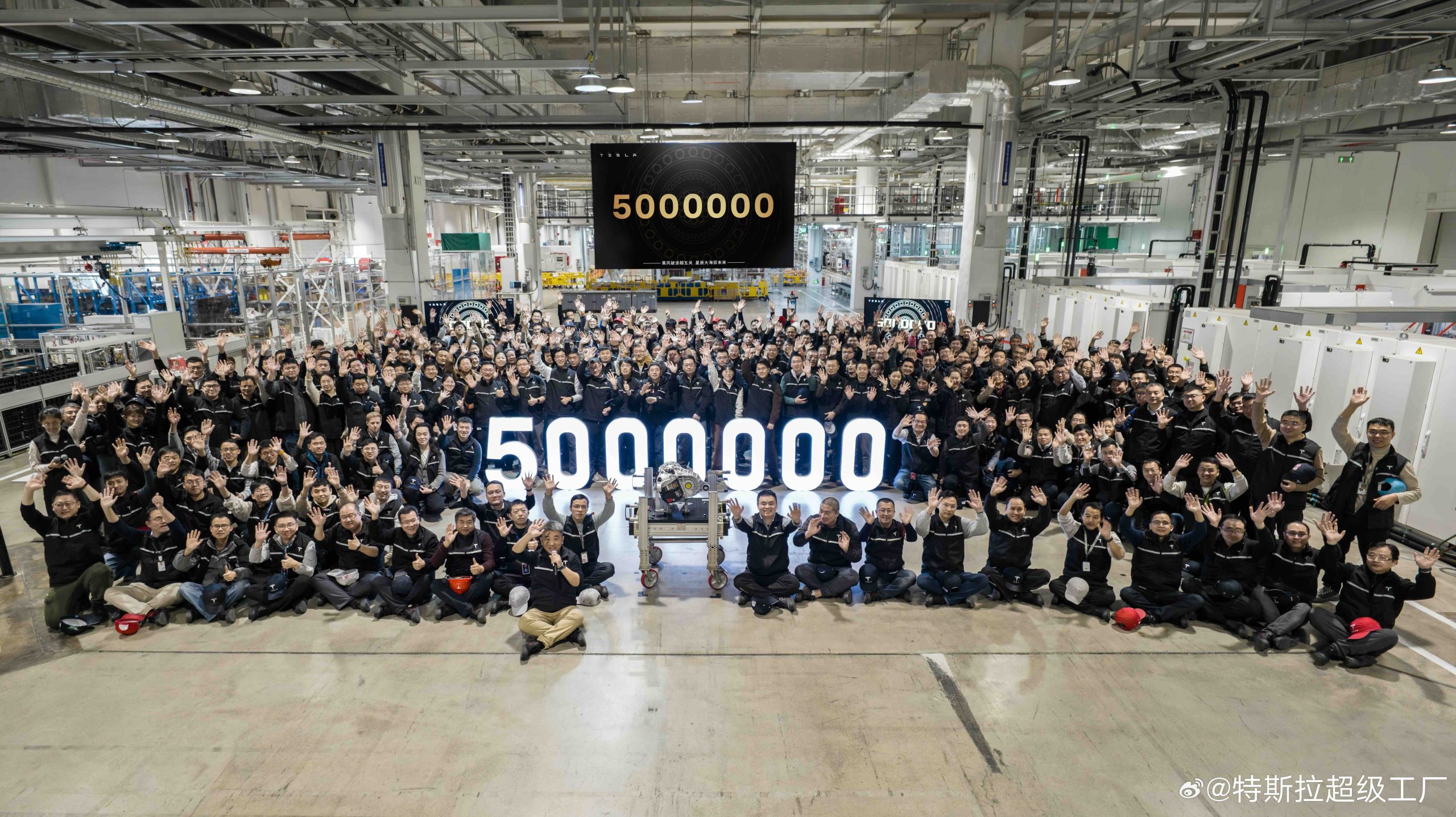
Tesla China has reached another manufacturing milestone at Gigafactory Shanghai, rolling out the facility’s 5 millionth locally produced drive unit.
The milestone was celebrated by the company in a post on its official Weibo account. In its post, the Giga Shanghai team could be seen posing with the 5 millionth drive unit.
Giga Shanghai’s major benchmark
The milestone drive unit was produced at Gigafactory Shanghai, which produces the Model Y and the Model 3. In a release, Tesla China noted that its three-in-one integrated electric drive system combines the motor, gearbox, and inverter into a single compact assembly. This forms a powerful “heart” for the company’s electric cars.
Tesla China also noted that its drive units’ integrated design improves energy conversion efficiency while reducing overall weight and complexity, benefits that translate into stronger performance, improved handling, and longer service life for its vehicles.
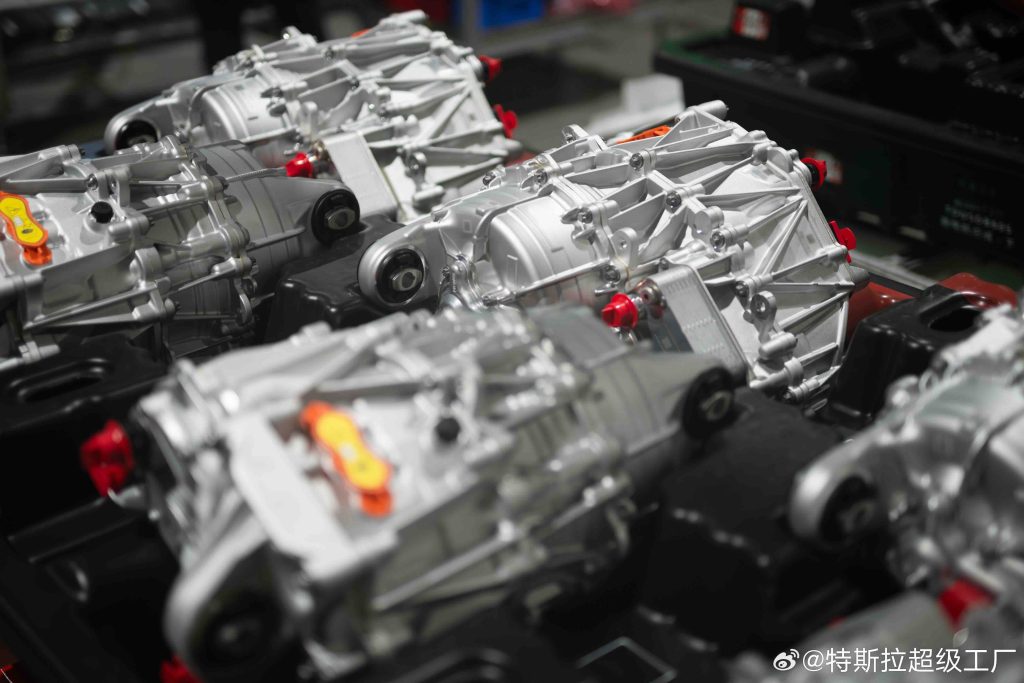
The new milestone builds on earlier achievements at the same site. In July 2024, Tesla announced that its 10 millionth electric drive system globally had rolled off the line at the Shanghai plant, making it the first self-produced Tesla component to reach that volume.
More recently, the factory also produced its 4 millionth China-made vehicle, a Model Y L. The factory has also continued hitting global production milestones, rolling out Tesla’s 9 millionth EV worldwide late last year, with the landmark vehicle being a Tesla Model Y.
Tesla China’s role
Construction of Giga Shanghai began in January 2019, with production starting by the end of that year. This made it the first wholly foreign-owned automotive manufacturing project in China. The facility began delivering Model 3 vehicles locally in early 2020 and added Model Y production in 2021. The plant is now capable of producing about 1 million vehicles annually.
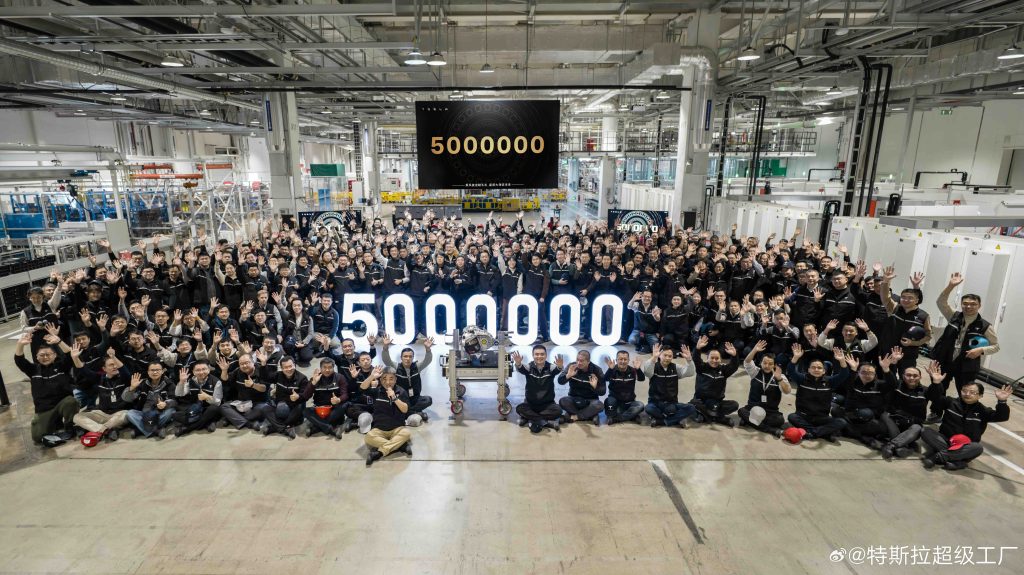
Throughout 2025, Giga Shanghai delivered 851,732 vehicles, representing a 7.08% year-on-year decline, according to data compiled by CNEVPost. Even so, recent months showed renewed momentum.
In December alone, Tesla China recorded wholesale sales of 97,171 vehicles, including domestic deliveries and exports, making it the company’s second-best monthly total on record, per data from the China Passenger Car Association. Retail sales during December reached roughly 94,000 units, up about 13% year over year.
